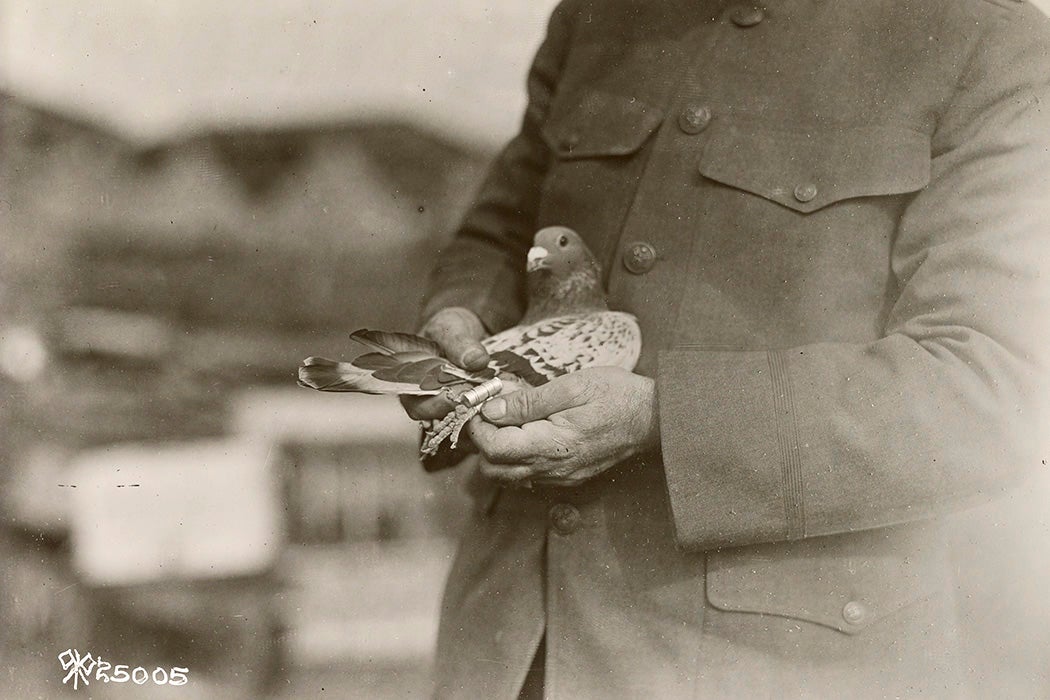From Samuel Morse's "What Hath God Wrought" message on the telegraph in 1844 to the newly released Apple Vision Pro, communication technology has continuously evolved alongside society. As our class reviewed the developments made in the last few centuries, it was eye-opening to see how far we've come in the way we are able to communicate with one another.
I enjoyed learning about some of the older technologies such as the invention of the printing press in 1440, the radio in 1920, and the use of carrier pigeons dating all the way back to 3000 BCE. Each one of these mediums had a substantial effect on communication in its respective time period.
Gutenberg's Printing Press
The invention of the printing press and radio, though centuries apart, had a similar influence in the way they contributed to the concept of mass media and the spread of information. Before these technologies, it was difficult to spread knowledge quickly and to large amounts of people. Gutenberg's invention of movable-type printing revolutionized society by standardizing language, spreading ideas, increasing literacy and growing the printing industry.
If it weren't for this advancement in mass communication, the idea of the press would not exist. The printing press is credited for the first print run of the Bible in Latin, which took about 3 years to print 200 copies. It also influenced the Italian Renaissance and the Enlightenment Era as authors and philosophers were able to publish their work and reach larger audiences.
Radio's Impact on Society
Similarly, the invention of the radio has been long-lasting and significant. Radio completely changed the landscape of mass media and helped to create a popular culture among society. Citizens all over the nation were listening to the same stories and advertising, creating a sense of unity during challenging times of Depression and world war.
 Radio connected people in a way that had never really been accomplished prior; but more importantly, radio completely altered the speed at which information spread. Radio broadcasts provided real-time information, some even broadcasting 24 hours a day. It no longer took days for individuals to learn about current events as radio provided news at a rapid rate, one that would have not been possible years prior.
Radio connected people in a way that had never really been accomplished prior; but more importantly, radio completely altered the speed at which information spread. Radio broadcasts provided real-time information, some even broadcasting 24 hours a day. It no longer took days for individuals to learn about current events as radio provided news at a rapid rate, one that would have not been possible years prior.
The Carrier Pigeon
However, the most surprising and intriguing medium of communication discussed in my peer's presentations had to have been the carrier pigeons, mainly because of how long this was a common "technology."
From Ancient Egypt in 3000 BCE to the present day, carrier pigeons have been effective messengers due to their natural homing abilities. During both the First and Second World Wars, carrier pigeons were used to transport messages back to their home coop behind the lines. These pigeons often carried important messages that saved lives and won battles.
One specific pigeon named Cher Ami delivered a message that saved a large group of surrounded American infantrymen and was awarded the French Croix de Guerre with Palm for heroic service.
Unfortunately, pigeons have more recently been utilized for the proposes of smuggling illegal substances. Just last year, a pigeon was found in a Canadian prison yard with a tiny backpack filled with meth.
Even more recently, the news released a story about a pigeon being held in custody by Indian authorities for eight months on suspicion of spying for China. Officials determined it was no avian agent of espionage and released the pigeon on Feb. 2, 2024.
This simply proves that even the smallest or most unusual communication technology can still have an immense impact on the way we share messages and communicate with one another.



No comments:
Post a Comment